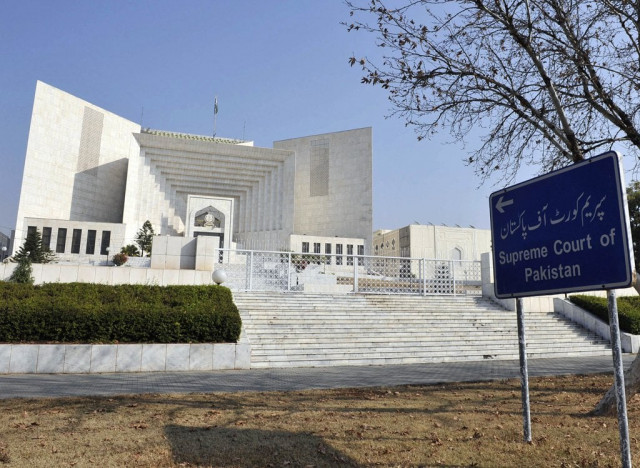SC sets principles for granting post-arrest bail
Top court says relief must be granted in cases not falling under Section 497(1) of CrPC

The Supreme Court has set principles regarding granting of post-arrest bail in offences not falling within the prohibitory clause of Section 497(1) of the CrPC -- those which are punishable with death, imprisonment for life or imprisonment up to 10 years.
"The main purpose of keeping an under-trial accused in detention is to secure his attendance at the trial so that [the trial] is conducted and concluded expeditiously or to protect and safeguard the society, if there is an apprehension of repetition of offence or commission of any other untoward act by the accused,” read a five-page judgment authored by Justice Syed Mansoor Ali Shah in a matter wherein the post-arrest bail to the accused person was denied by the courts.
“Therefore, in order to make the case of an accused person fall under the exception to the rule of grant of bail in offences not covered by the prohibitory clause of Section 497(1) of the CrPC, the prosecution has to essentially show from the material available on the record, such circumstances that may frustrate any of the said purposes, if the accused person is released on bail,” it added.
The case set out in the FIR briefly stated that the complainant had rented out a property -- a hospital building -- to the petitioner, who, while being a tenant, prepared is forged sale deed in his favour and started claiming to be its owner.
Read more: Number of pending cases in Supreme Court nears 49,000
The judgment noted that the apex court in the cases of Tariq Bashir, Zafar Iqbal and Muhammad Tanveer had time and again illustrated such circumstances or such conduct of the accused person that may bring their case under the exceptions to the rule of granting bail.
They court observed that they included the likelihood of their running away to escape trial, their tampering with the prosecution evidence or influencing the prosecution witnesses to obstruct the course of justice, or repeating the offence keeping in view their previous criminal record or the desperate manner in which they had prima facie acted in the commission of offence alleged.
The ruling pointed out that a court which dealt with an application for the granting of bail in an offence not falling within the prohibitory clause of Section 497(1) of the CrPC must apply its judicious mind to the facts and circumstances of the case and the conduct of the accused person.
It should decline to exercise the discretion of granting bail to them in such an offence only when it finds any of the above noted circumstances or some other striking circumstance that impinged on the proceedings of the trial or posed a threat or danger to the society, justifying their case within the exception to the rule, as the circumstances mentioned above were not exhaustive and the facts and circumstances of each case had to be evaluated for the application of the principle.
Also read: Businessmen demand Supreme Court protection
The judgment further noted that the apex court in its four-year-old order had already cautioned the courts that the SC had held in categorical terms that the “grant of bail in offences not falling within the prohibitory limb of Section 497 of the CrPC shall be a rule and refusal shall be an exception, then the courts of the country should follow this principle in its letter and spirit because the principles of law enunciated by this court are constitutionally binding [under Article 189] on all courts throughout the country including special tribunals and special courts”.
The court accepted the post-arrest bail of the accused person as the high court had failed to adhere to the principle of law enunciated by the SC for the exercise of discretion to grant bail in offences not falling within the prohibitory clause of Section 497(1) of the CrPC.









1733130350-0/Untitled-design-(76)1733130350-0-208x130.webp)









COMMENTS
Comments are moderated and generally will be posted if they are on-topic and not abusive.
For more information, please see our Comments FAQ